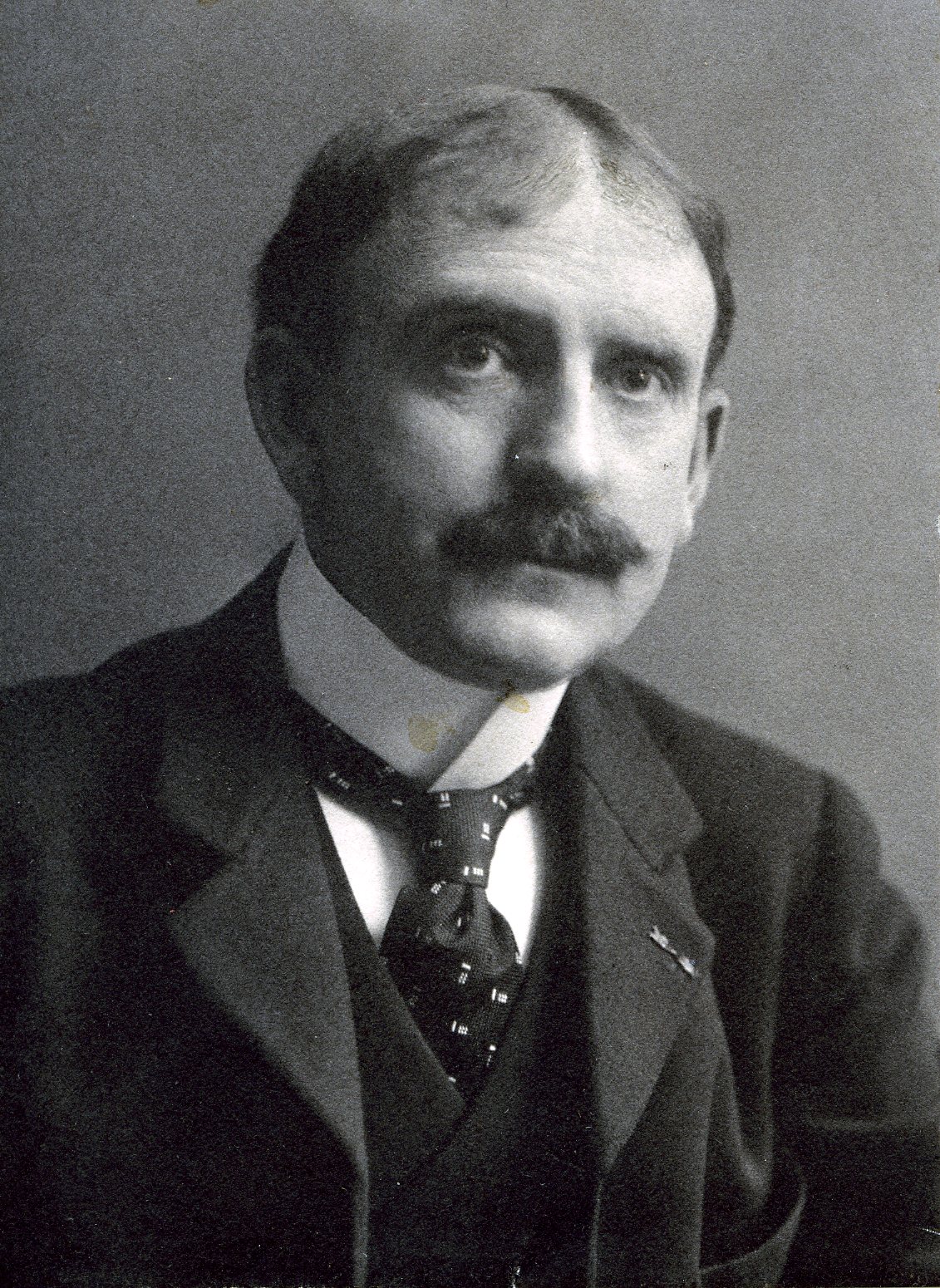Artist
Centurion, 1906–1943
Born 13 February 1858 in Chicago, Illinois
Died 20 March 1943 in New York (Manhattan), New York
Buried Saint Marys Cemetery , Kingston, New York
, Kingston, New York
Proposed by Francis Davis Millet and Harry W. Watrous
Elected 3 November 1906 at age forty-eight
Seconder of:
Century Memorial
There are today only a few members of the Century who remember Walter MacEwen. He was born in Chicago, the son of a prominent contractor. Tradition has it that while he was working in his father’s office a tramp painter came along seeking the loan of a dollar. The young clerk gave him ten dollars and in gratitude the artist left his paint box and brushes as security. The artist never came back. MacEwen began to experiment with the paints and brushes, and within a few years the young American artist was studying abroad and winning medals at Munich and Paris. He painted for many years and his pictures were hung in all the great exhibitions in Europe and in this country. His “Judgment of Paris,” which won an honorable mention in the Paris Salon, now hangs in the Chicago Art Institute. Mahonri Young contributes an early recollection. On his first trip East he noticed a “most remarkable drawing hanging on the wall” in the Institute. It wasn’t “a regular school life-study, being larger and of a quality of workmanship never seen in school studies.” It was “by Walter MacEwen.” Mahonri Young recalls another later anecdote having to do with the sinking-in and flattening-out of oil paint. MacEwen cited one of Sargent’s portraits—of a Frenchman. Young remembered it at the National Academy and how “smoothly it was painted.” “Yes, that’s why I spoke of it,” MacEwen said. “When it was first painted and exposed in the Salon, it caused quite a furor among the artists because of the extreme boldness of the brush-strokes.” Another Centurion, John Flanagan, recalls MacEwen in connection with the Paris International Exposition of 1900, when MacEwen was one of the leading members of the painters’ jury of the American Fine Arts Section. MacEwen and Gari Melchers, Paul Bartlett, Augustus Saint-Gaudens and Flanagan, Centurions all, played an important role in making the American Exhibit the brilliant success that it was. The times ran against MacEwen. He could not accept “the obfuscations of the modernist movement,” the “Cubists” and the “Fauves,” the “Dadaists” and the “Surrealists,” and in the twenties abandoned painting and turned to etchings of character heads and landscape. His Centurion friends recall his annual visits to the Club—he lived in France for sixty years—and his striking appearance, as well as his pleasant manners of the great world. His red hair was plentiful, his eyes blue and his complexion ruddy. He wore clothes in the fashion, high collar and Ascot tie. There was no touch of Montmartre or Montparnasse about him. Born in 1860 [sic: 1858], elected to the Century in 1906, he belonged to an early and brilliant generation of the Century, that present-day members are glad to recall with honor and affection.
Geoffrey Parsons
1943 Century Memorials

